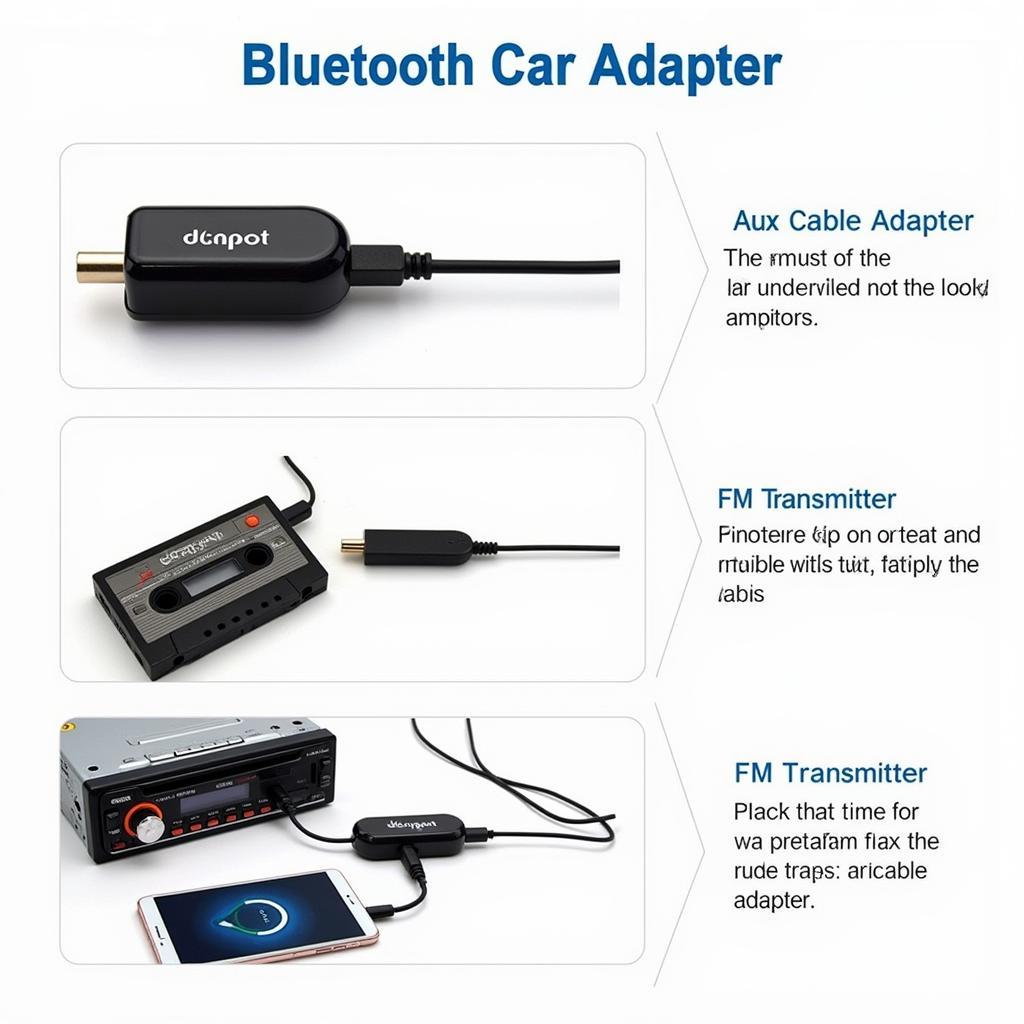A car battery not charging while driving can leave you stranded. This issue can stem from various problems, from a faulty alternator to corroded battery terminals. Understanding the underlying causes and knowing how to troubleshoot them is crucial for every driver.
will a car battery die if not used
Why is My Car Battery Not Charging While Driving?
Several components work together to keep your car battery charged. A malfunction in any of these can lead to a car battery not charging while driving. The most common culprits are the alternator, voltage regulator, serpentine belt, and the battery itself. Identifying the specific problem requires a systematic approach to diagnosis. A failing alternator is often the primary suspect, as it’s responsible for generating the electricity that charges the battery while the engine is running.
Signs Your Car Battery Isn’t Charging
Recognizing the signs of a car battery not charging is the first step towards a solution. Dim headlights, especially when using other electrical accessories, are a common indicator. Other signs include flickering interior lights, slow cranking, and a constantly illuminated battery warning light on your dashboard. You might also experience problems with electronic accessories like the radio or power windows.
Diagnosing a Car Battery Charging Problem
If you suspect your car battery isn’t charging, a few simple checks can help pinpoint the issue. Start by visually inspecting the battery terminals for corrosion. Clean them with a wire brush and baking soda solution if necessary. Next, check the serpentine belt for cracks or fraying. A loose or broken belt can prevent the alternator from functioning correctly. If these checks don’t reveal the problem, you’ll likely need to test the alternator and voltage regulator using a multimeter.
How to Test Your Car’s Alternator and Voltage Regulator
Testing the alternator and voltage regulator requires some basic tools and knowledge. With the engine running, use a multimeter to measure the voltage across the battery terminals. A healthy charging system should read between 13.5 and 14.5 volts. A lower reading suggests a problem with the alternator or voltage regulator. Similarly, like checking the signs of a bad car battery voltage, a voltage reading significantly higher than 14.5 volts indicates a faulty voltage regulator.
Solutions for a Car Battery Not Charging
Depending on the diagnosed issue, the solution could range from a simple cleaning of battery terminals to replacing the alternator or voltage regulator. For a corroded battery terminal, cleaning is usually sufficient. A worn-out serpentine belt requires replacement. However, a faulty alternator or voltage regulator often necessitates replacement as well. In some cases, a bad battery itself can prevent proper charging. If your battery is old or damaged, consider replacing it. Knowing when to address symptoms car battery needs replacement is essential for avoiding breakdowns.
Preventing Future Charging Problems
Regular maintenance can help prevent car battery charging problems. Keep the battery terminals clean and free of corrosion. Inspect the serpentine belt regularly and replace it if it shows signs of wear. Have your charging system checked by a mechanic during routine maintenance. This proactive approach can save you from unexpected breakdowns and costly repairs. It’s also important to recognize when it’s a dead battery or alternator to address the root cause efficiently.
When to Seek Professional Help
While some car battery charging problems can be addressed with DIY solutions, others require professional expertise. If you’re uncomfortable working on your car’s electrical system or if you’ve tried basic troubleshooting steps without success, it’s best to consult a qualified mechanic. They can accurately diagnose the problem and recommend the appropriate repairs. Much like understanding when your car battery not starting in cold weather requires professional help, knowing your limitations when dealing with charging issues is equally important.
Conclusion
A car battery not charging while driving is a serious issue that needs immediate attention. By understanding the causes, symptoms, and diagnostic procedures, you can effectively troubleshoot the problem and implement the necessary solutions. Regular maintenance and timely professional intervention can help prevent future charging problems and ensure reliable performance of your vehicle.
FAQ
-
What is the most common reason a car battery doesn’t charge while driving? A faulty alternator is often the main culprit.
-
Can a bad battery cause charging problems? Yes, a damaged or old battery may not accept a charge properly.
-
How can I tell if my alternator is bad? A voltage reading below 13.5 volts with the engine running suggests a potential alternator problem.
-
How often should I check my serpentine belt? Inspect the belt visually every few months and replace it if it shows signs of wear.
-
What should I do if my battery warning light comes on? Have your charging system checked by a mechanic as soon as possible.
-
Can I drive with a car battery not charging? You can drive for a short distance, but the battery will eventually drain, leaving you stranded.
-
How much does it cost to replace an alternator? The cost varies depending on the make and model of your car but typically ranges from $300 to $800.

